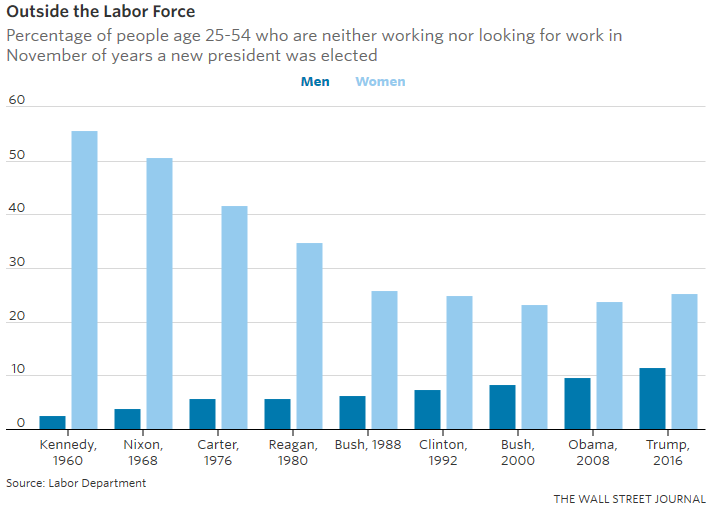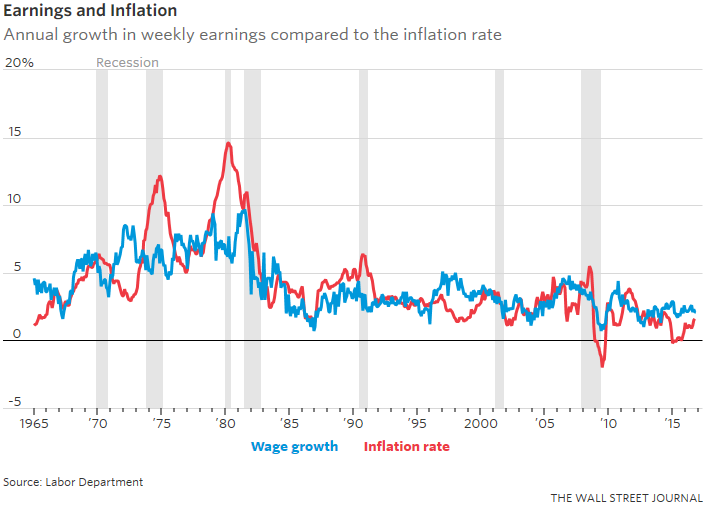Here’s Joe Pizarchik, ex- Office of Surface Mining Reclamation and Enforcement Director in the Interior Department, for all of the Obama years:
My biggest disappointment is a majority in Congress ignored the will of the people. They ignored the interests of the people in coal country, they ignored the law and they put corporate money ahead of all that.
Wow. Just wow. Because the people, exercising their will in electing the majority of Congress—all the members of Congress, come to that, every single one of them—had their will ignored when the majority that they elected executed on their will by rejecting a bad regulation.
Again, wow. Just wow. Because that Congress, in executing on the will of the people by acting within a previously enacted law and rescinding a regulation, ignored the law.
A third time, wow. Just wow. Because Congress, in acting on that Congress-passed law and rescinding a coal job-killing regulation, acted against the interests of the people in coal country, people whose livelihoods were threatened by that regulation.
Of course Pizarchik worked for seven years—seven years!—on his regulation, only to have Congress get rid of it. That’s not fair!
Now he’s working on a replacement rule for submittal under a future President:
I believe there’s a good chance that, in a legal challenge, that a court will overturn Congress’ actions here as an unconstitutional usurpation of the executive branch’s powers[.]
Never mind that the Executive Branch’s rule-making authority is solely a delegation from Congress and that the Executive Branch is required to remain wholly within the scope of the law which its regulation is intended to implement.
Plainly, eighth-grade civics was not a safe space for Pizarchik.
And there’s this pit of worry: Ross Eisenbrey, Policy Director in OSHA from 1999 to 2001 asks
Why would an administration risk putting all the years of effort into a rulemaking, all the political capital to do it, knowing somebody could take the rule to district court and have it blocked in an instant because the judge says it’s similar enough?
Why, indeed? It is to hope.
h/t Don Surber


